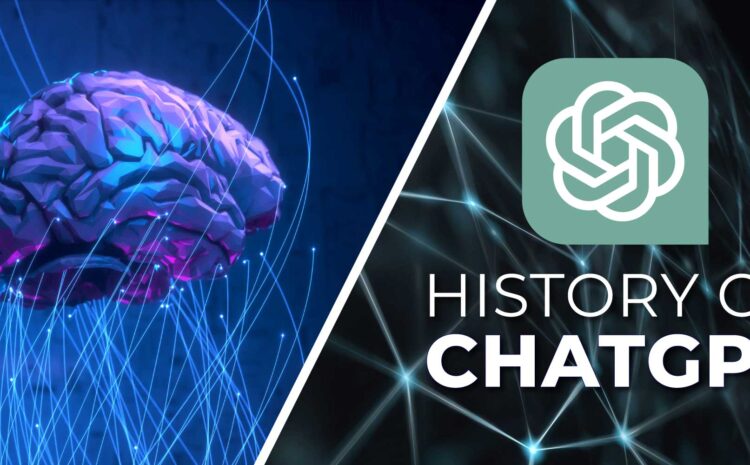Hello, everyone, and welcome to another blog post! Today, we’ll be talking about how Snapchat, that app you know and love, is introducing AI to its premium platform. If you’re ready to dive on in, grab a cup of something awesome to drink, settle down, and let’s get going.
As you may have read in this writer’s other blog post on conversational AI, it’s obvious that programs like ChatGPT are going to step up and play a big role in our everyday lives—not that it isn’t already—even MS Word and Google Drive Documents make suggestions when you type text. Yes, that’s AI at work.
So, about a week or so ago, Snapchat announced it would implement a version of OpenAI’s ChatGPT for users. It’s called My AI, and it will soon be available for those on a Snapchat Plus subscription (about $3.99 a month). They plan to roll out the chatbot widely later, but for the foreseeable future, it will be in a kind of beta-user scenario.
My AI will be powered by the GPT LLM (large language model). It seems like they’re implementing the newer version—something similar to the one that powers ChatGPT—so customers can get the full experience and give feedback for improvements.
Here’s the interesting part: Snap’s programmers have altered the bot’s ability to answer certain questions so it sticks to their guidelines regarding privacy and content. For example, it won’t swear, mention violence, give access to or answers about anything sexually explicit, and it won’t get into politics with you. It also won’t write that English paper you’ve been putting off.
What it can do, however, according to Snapchat, is recommend birthday gift ideas for your BFF, plan a hiking trip for a long weekend, suggest a recipe for dinner, or even write a haiku about cheese for your cheddar-obsessed pal.
It will basically function like one of your many Snapchat friends, and it will even have a profile. You’ll be able to chat with it about life, have conversations, and get answers to simple questions. Even with the tweaks Snap has made, they’ve also admitted that My AI will be prone to the same quirky things as ChatGPT, including hallucinations.
It’s not clear yet to this writer if they’ll implement something along the lines of Replika’s conversational bot, in that this bot will learn about you and be the best BFF you could’ve wished for, or if it will delete all conversational records once you finish a conversation like ChatGPT does. Only time will tell.
Snap is hoping this rollout will boost subscriber numbers.
A while back, OpenAI released an enterprise tier for ChatGPT software called Foundry, so chances are, you’ll be seeing a lot more of these conversational bots implemented across social media and in other places.
While that seems like an awesome idea, and should help fill a void in many peoples’ lives, there stands the question of whether or not it’s going to cause mental-health issues down the road. It also begs the question of if people should get more comfortable chatting with an AI pal.
There are already several studies showing how humans have become disconnected with one another. Many people rarely speak to other people, and the antisocial aspect of being disconnected is already rearing its ugly head. Online forums are getting meaner, and people are gradually becoming more comfortable in settings they can control.
Once this technology merges with the technology of the Metaverse, VR, and AR, we’ll be able to give our bot friends avatars, and then we’d never need to leave the house.
This could cause a rise in obesity and/or paranoia, and it could also bring about the complete demise of human, one-on-one interactions. People might argue that we’d still be interacting with humans in a virtual world, and they’d be partly right, but there’s something in the human brain that craves touch, skin-to-skin contact.
We always say we believe things we see with our own eyes, but historically, that’s not true. People are too easily manipulated with a tweak here or a lie there. In a virtual world, it will be nearly impossible to tell fact from fiction.
Then we have the issue of government policies to contend with. Will there be a worldwide consortium of sorts established to place limits on what can and can’t be done?
In some of this writer’s earlier articles about Metaverse, VR, and AR technology, it’s clear that options in those worlds are limitless. Where will the QC be, and who will be the person responsible for creating those controls?
It may end up being part of the standards, but the standards for the internet are pretty loose when it comes to outlining what’s acceptable and what’s not.
Again, only time will tell.
I hope you enjoyed this article and learned a few things! While you’re here, check out some of our other publications. We strive to bring you the best content we can while still keeping you entertained. Until next time!




